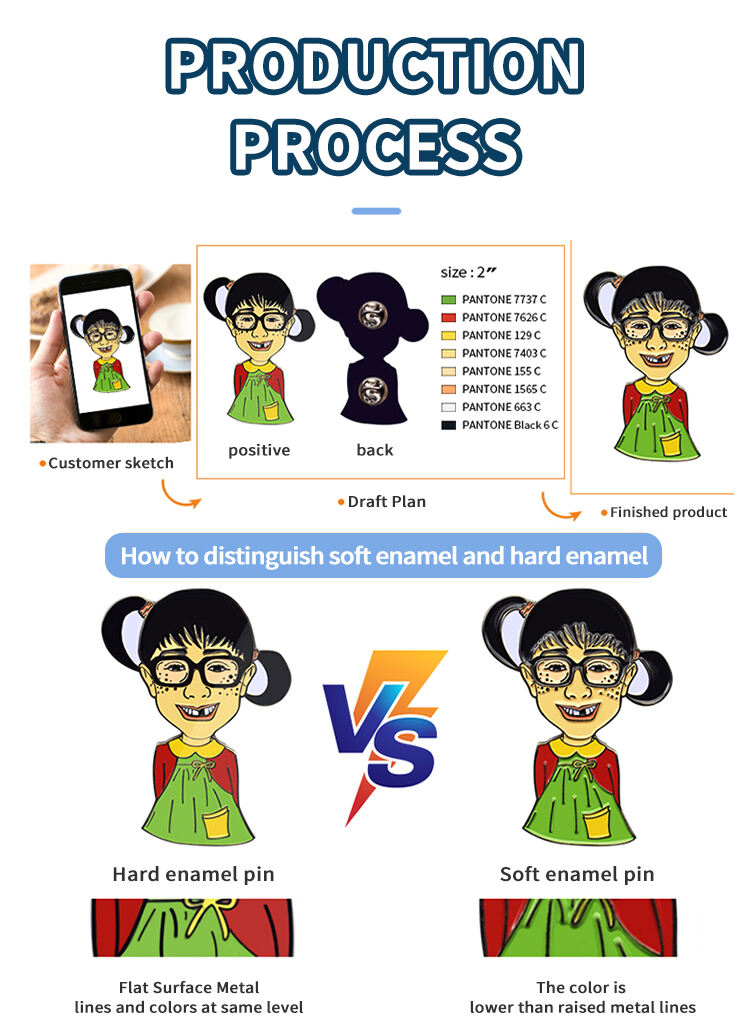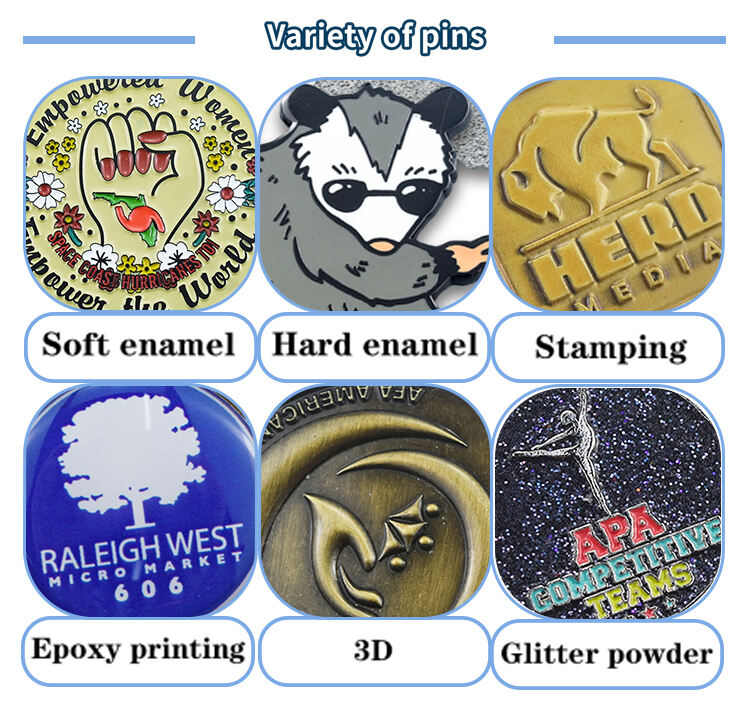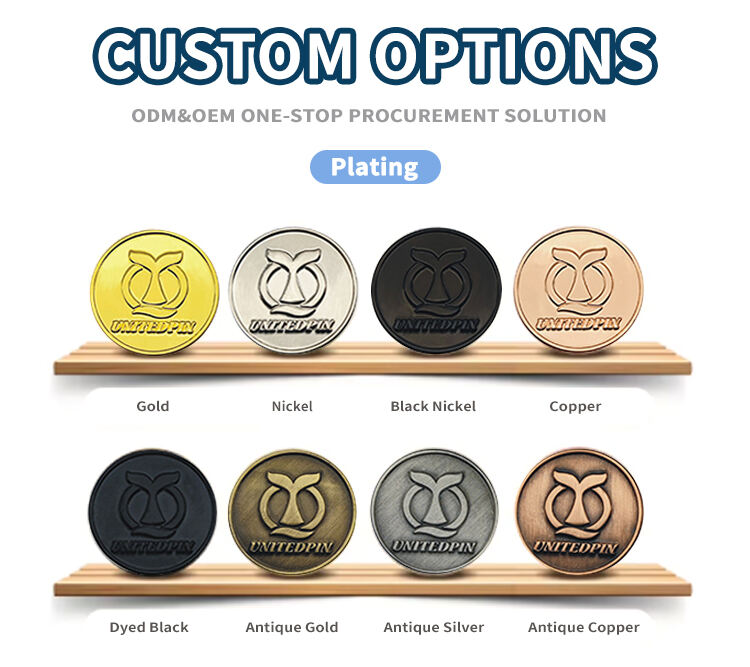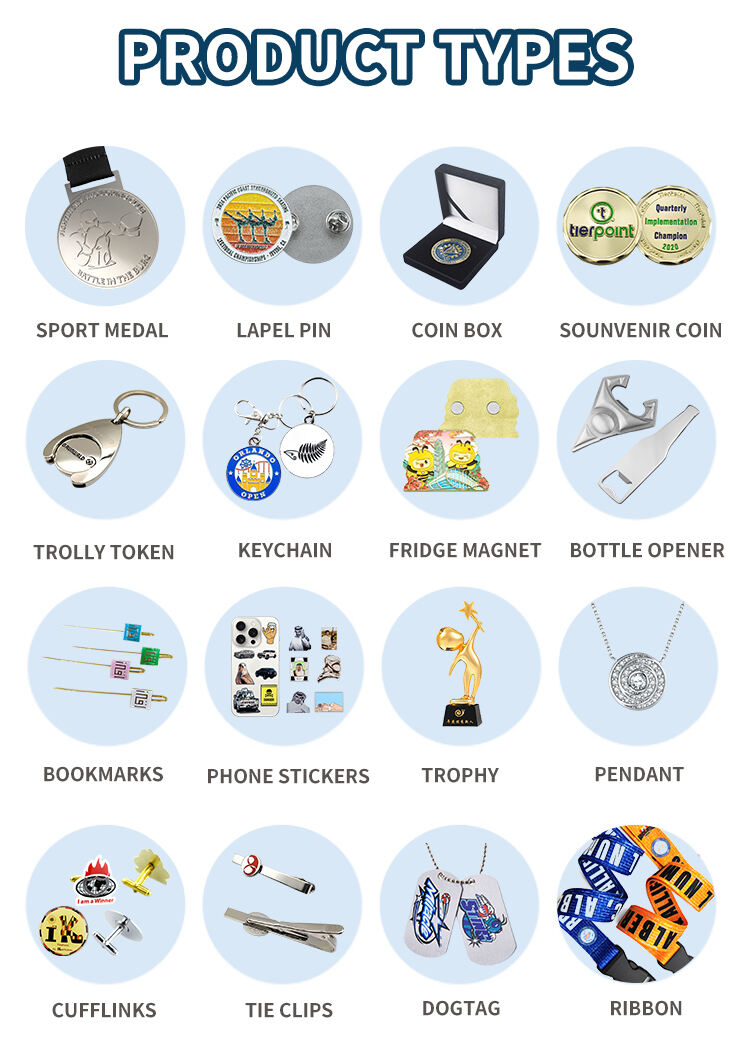About Us
Unitepins, located in Zhongshan city, is a professional manufacturer that has been producing and exporting custom promotional gifts for customers all over the world for more than 20 years.
No. 9-1, 9th Street, Yucai Road, Jiuzhouji, Zhongshan, Guangdong +86-15913444173 [email protected]
Design Elements and Patterns of Qatar Pins, along with Their Sources and Purposes
Flag - based Design
Element and Pattern: The flag of Qatar is a prominent design element. It features a maroon field with a wide white serrated band (nine white triangles) along the hoist side. The maroon color is deep and rich, while the white provides a strong contrast.
Source: The flag of Qatar has evolved over time. The current design was officially adopted in 1971 when Qatar gained independence. The maroon color is believed to have been influenced by the traditional color used by the ruling family, and the nine - pointed serrated white band represents Qatar as the ninth member of the Riyadh Treaty signed in 1916, which was a significant step in the region's political history.
Purpose: Using the flag on Qatar Pins serves as a powerful symbol of national identity and pride. It allows people to display their loyalty to the country and is a way to show support during national events or when representing Qatar in international settings.
Element and Pattern: Arabic calligraphy is often incorporated into Qatar Pins. This can include the name "Qatar" written in elegant Arabic script, or phrases related to Qatar's culture, values, or historical events. The calligraphy is usually highly stylized, with flowing lines and decorative elements that are characteristic of Arabic art.
Source: Arabic calligraphy has a long - standing tradition in Islamic and Arab cultures. Qatar, as an Arab and Islamic nation, has a rich heritage of calligraphy. The use of Arabic calligraphy on pins is a direct reflection of this cultural heritage, and it also helps to add a touch of authenticity and cultural depth to the design.
Purpose: Arabic calligraphy on pins is a means of communicating Qatar's identity in a way that is both aesthetically pleasing and culturally significant. It can be used to convey messages of welcome, celebration, or to promote Qatar's unique culture to a global audience. For example, pins with the name "Qatar" in calligraphy are great for tourists to remember their visit or for Qataris to show their national affiliation.
Element and Pattern: The image of a Qatari dhow, a traditional Arabian sailing vessel, is another common design. Dhows typically have a distinctive curved hull, a single or multiple masts, and a triangular sail. They are often depicted in a detailed and realistic manner on the pins, sometimes with the backdrop of the Qatari coastline or the sea.
Source: Dhows have been an integral part of Qatar's history and economy for centuries. They were used for fishing, pearl diving, and trade in the Arabian Gulf. Their design has been passed down through generations, and they are a symbol of Qatar's maritime heritage.
Purpose: Representing the dhow on Qatar Pins serves to remind people of Qatar's historical reliance on the sea for sustenance and commerce. It also showcases the country's traditional craftsmanship and maritime skills. Pins with dhows are popular among collectors interested in maritime history and can be used to promote Qatar's cultural heritage in the context of its relationship with the sea.
Element and Pattern: Falcons are frequently featured on Qatar Pins. These birds of prey are shown in various poses, such as in flight, perched on a falconer's glove, or with their wings spread. Falcons are often depicted with great detail, highlighting their sharp eyes, powerful beaks, and sleek feathers.
Source: Falconry has a long - standing tradition in Qatar and the Arabian Peninsula. Falcons were highly valued for their hunting abilities and were an important part of the Bedouin lifestyle. They were used for hunting small game in the desert, and the practice of falconry was not only a means of survival but also a symbol of prestige and skill.
Purpose: The falcon on Qatar Pins represents Qatar's traditional heritage, specifically its desert and Bedouin roots. It also symbolizes qualities such as courage, speed, and precision. Pins with falcons are popular among those interested in Arabian culture and can be used to promote Qatar's unique traditions both locally and internationally.
Element and Pattern: The national emblem of Qatar consists of a golden falcon with outstretched wings. The falcon holds a shield in its talons, and on the shield is a traditional Qatari dhow sailing on a blue background with white waves. Above the falcon is a representation of the Gulf, with two ships sailing on it. The emblem is often reproduced in a detailed and accurate manner on the pins.
Source: The national emblem was designed to represent various aspects of Qatar's identity. The falcon symbolizes strength and courage, the dhow represents the country's maritime heritage, and the ships in the upper part of the emblem signify Qatar's role in international trade and its connection to the sea.
Purpose: Using the national emblem on Qatar Pins is a way to display the country's official identity and all that it stands for. It is a symbol of national pride and unity, and is often used in official and formal settings to represent Qatar, such as during diplomatic events or when promoting the country's national image.



